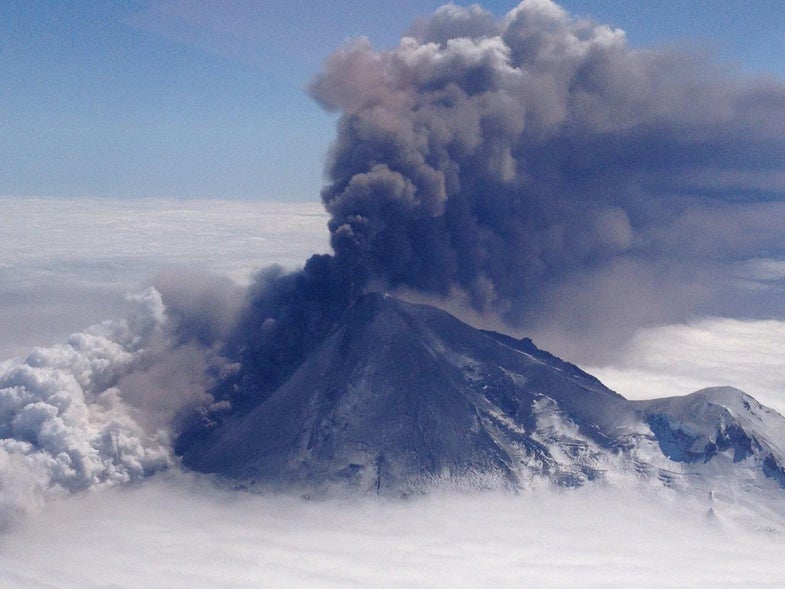Volcanoes Go Quiet Just Before They Erupt
An observation that could help scientists predict the next big boom

Forecasting a volcanic eruption is difficult and nearly impossible with particularly restless volcanoes that constantly shudder and emit gas and steam. But a team of volcanologists led by Diana Roman of the Carnegie Institution for Science has found a way. Like the proverbial “calm before the storm,” the researchers say that restless volcanoes go quiet just before they erupt.
The team monitored a month-long series of eruptions at the Telica Volcano in Nicaragua in 2011. Of fifty eruptions observed, all but two were preceded by periods of calm that ranged from six minutes to over ten hours. When they looked back over their data, the researchers noticed what Roman called “the icing on the cake”: the longer the quiet period, the more explosive the eruption. This is due to gas pathways being blocked; the longer the blockage, the greater the energy released.
The results are published in Earth and Planetary Science Letters.